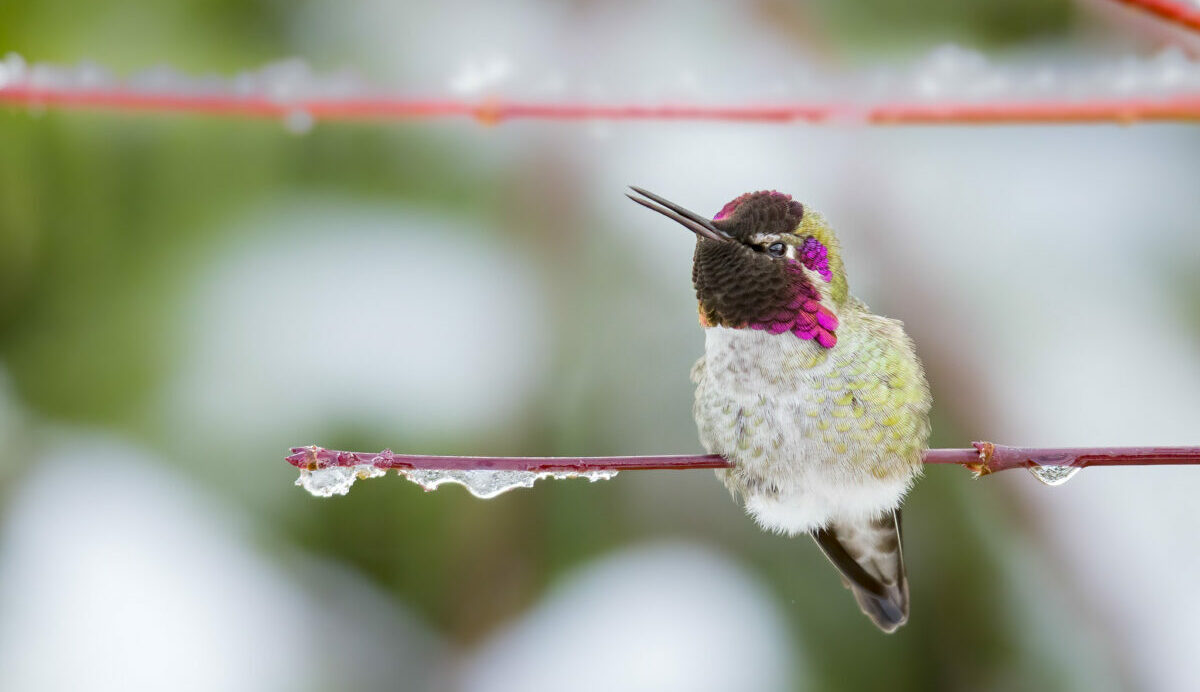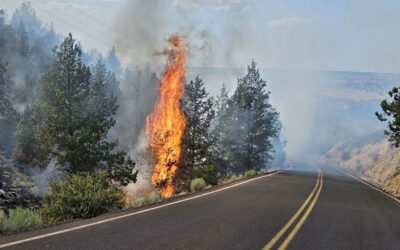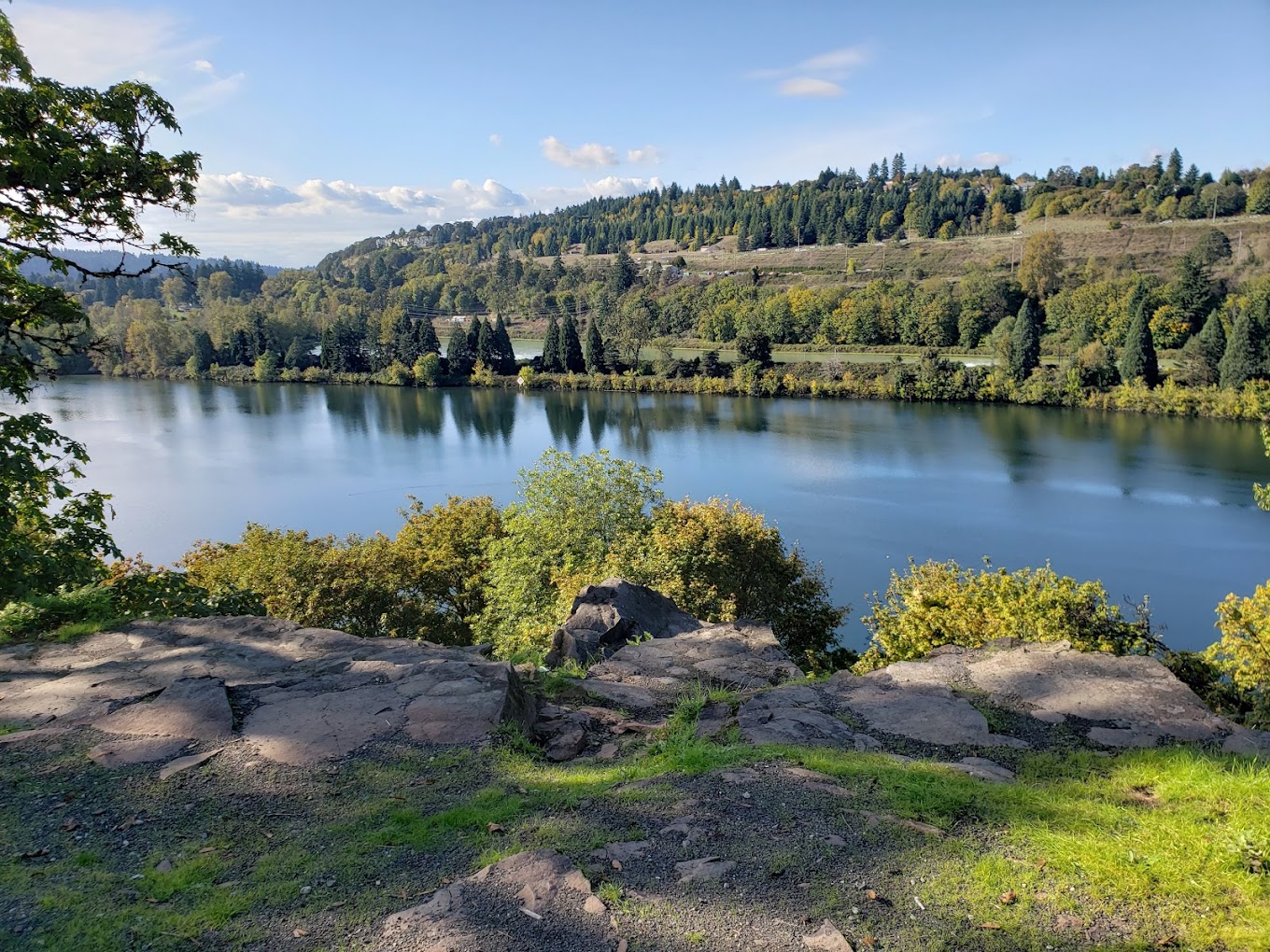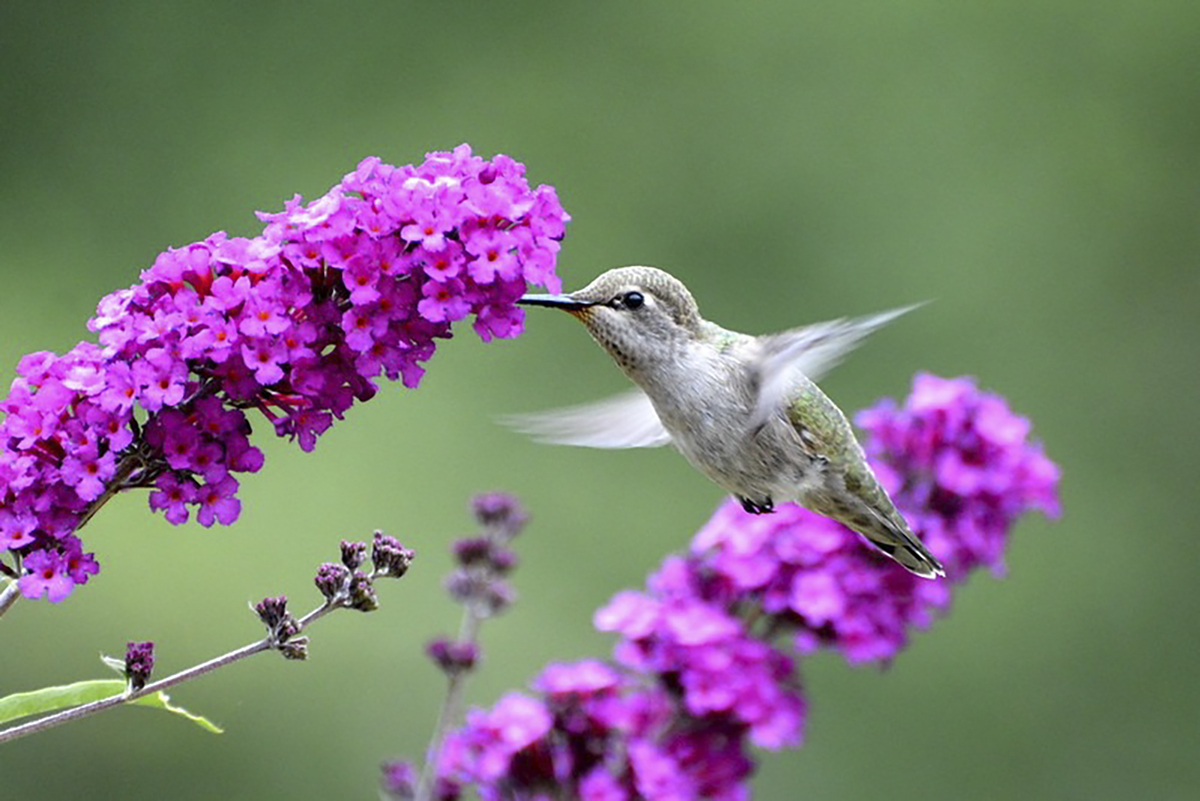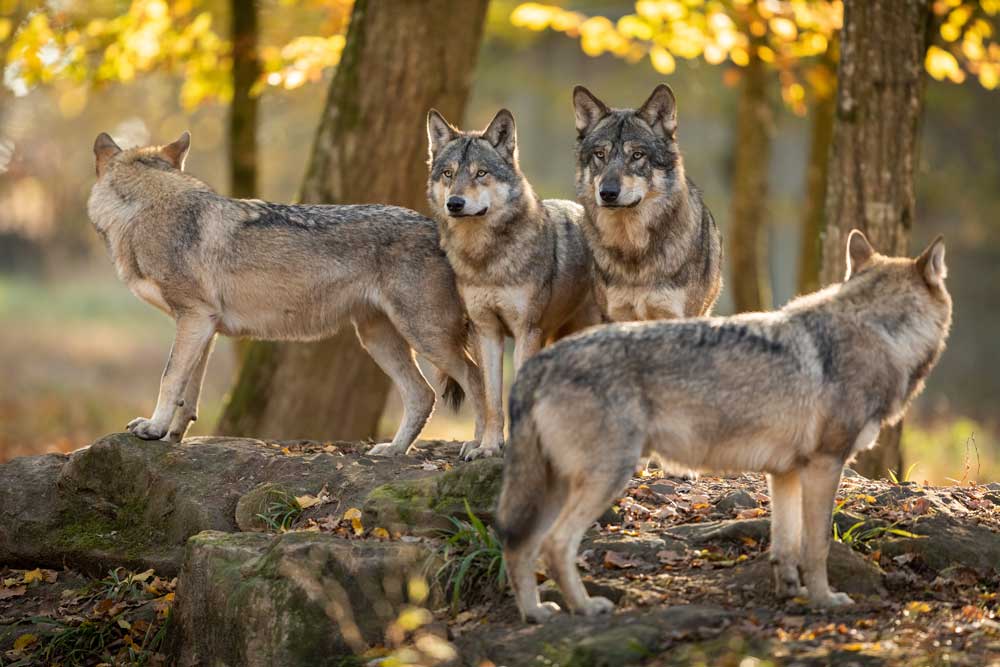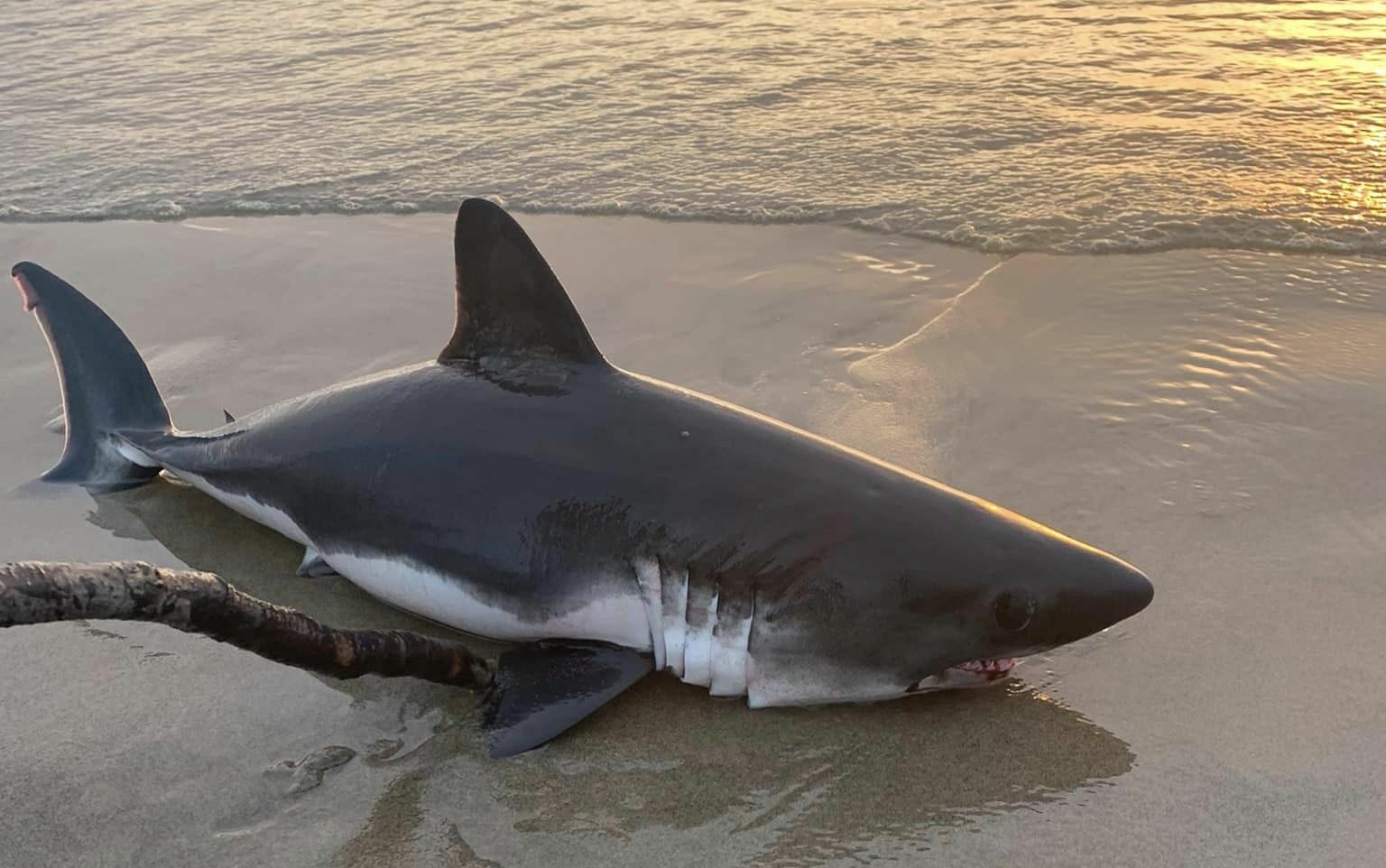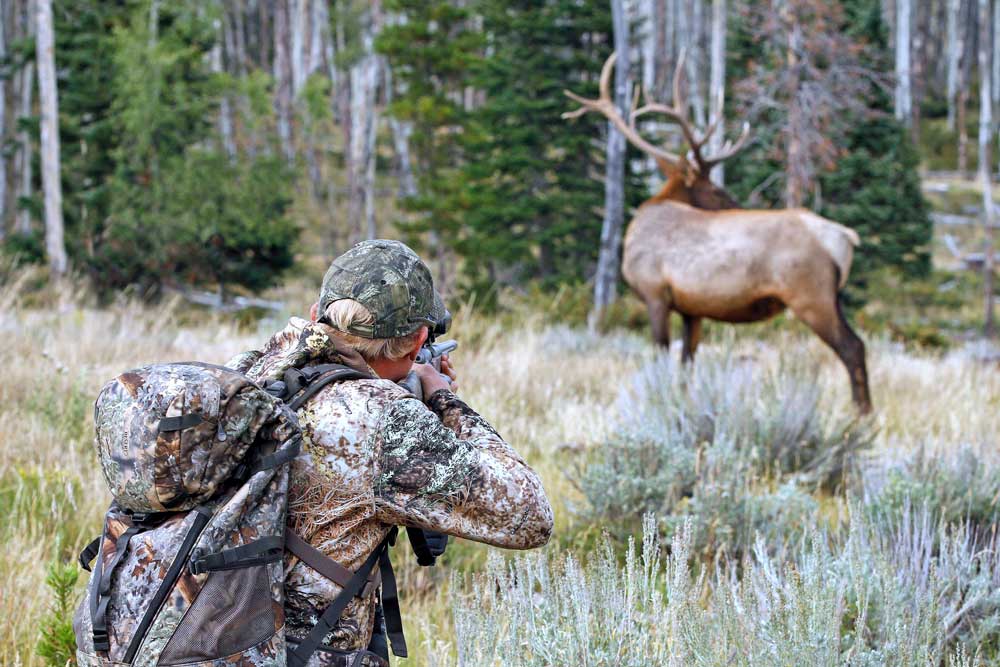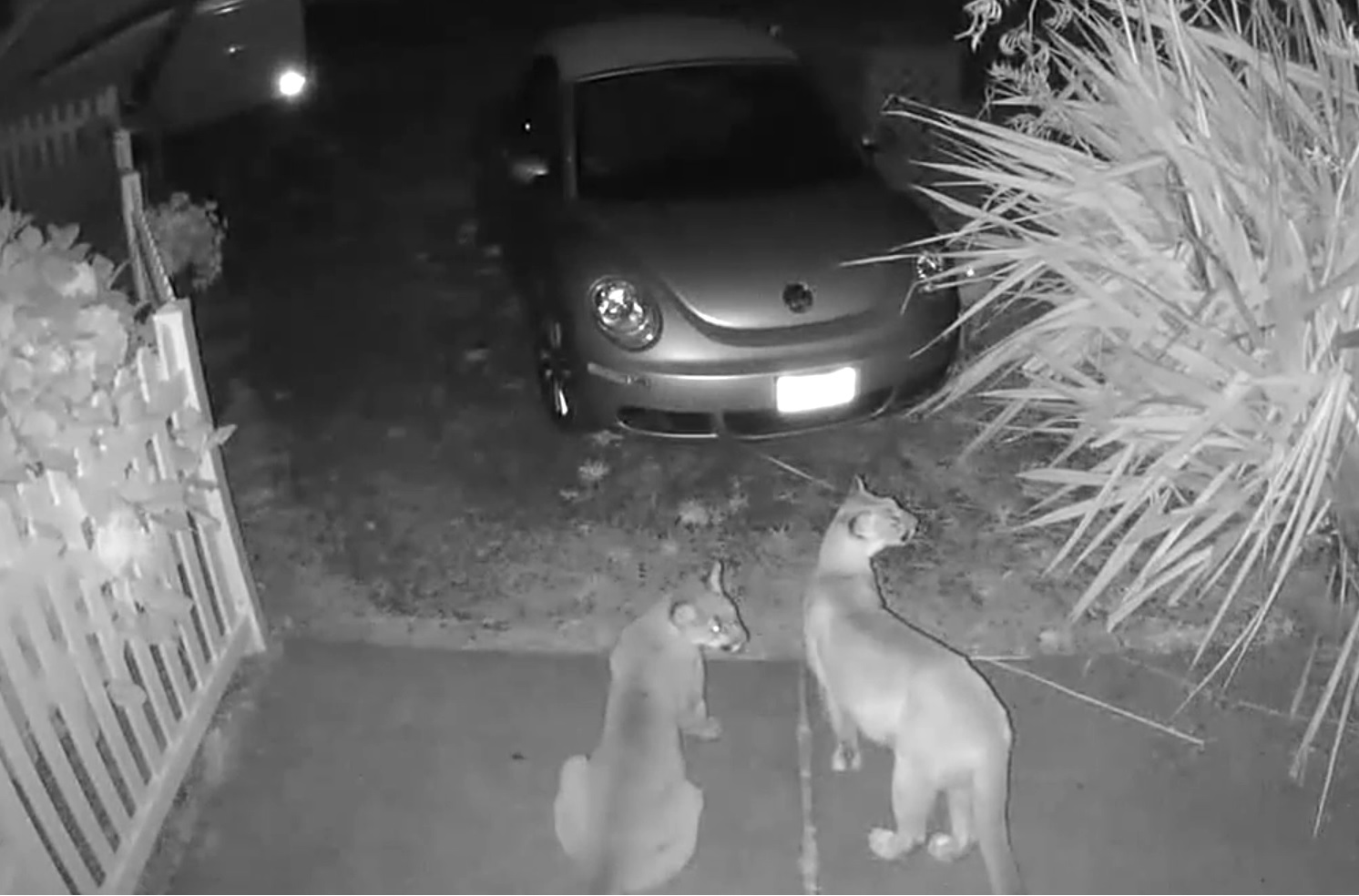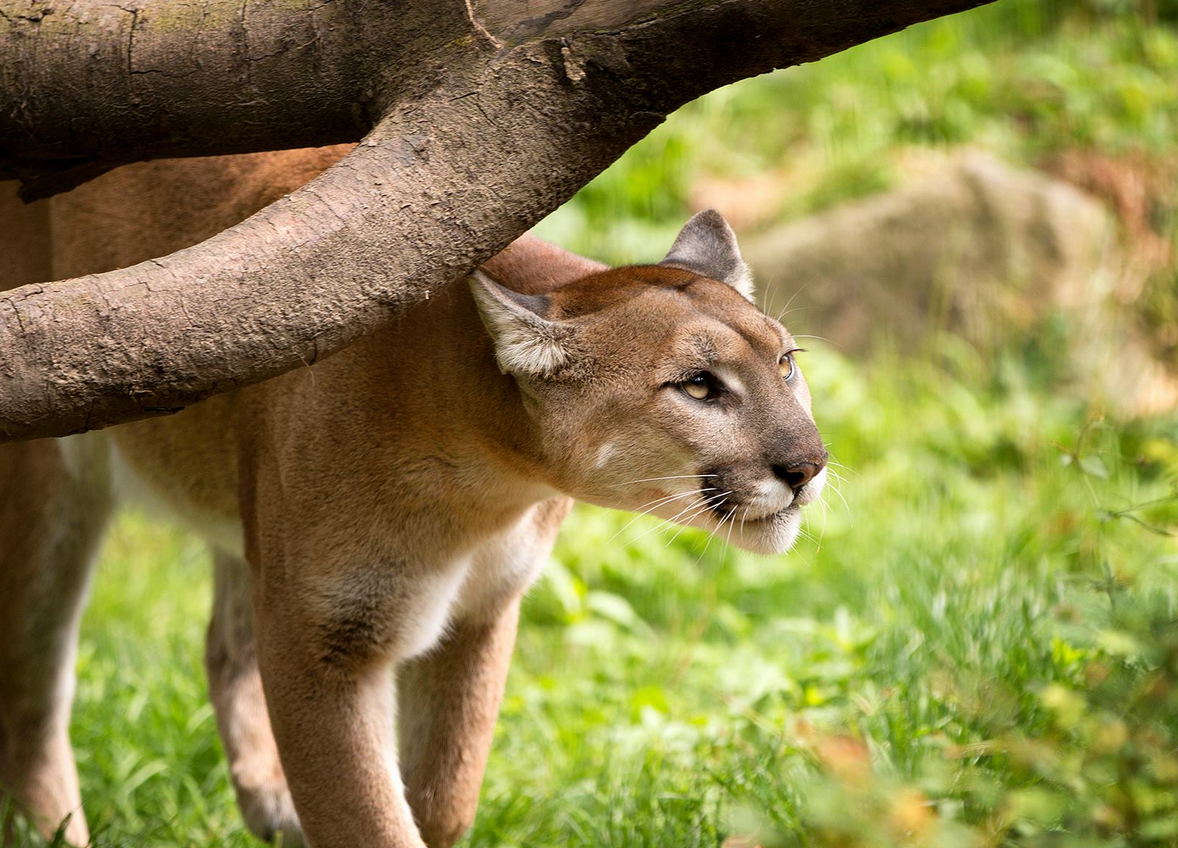Oregon, a haven for bird enthusiasts, is home to a diverse array of Oregon birds, from the vibrant Western Tanager to the stealthy Swainson’s Thrush. With this rich diversity comes the responsibility to promote bird conservation and ensure these beautiful creatures continue to thrive. In this guide, we’ll uncover the secrets of Oregon’s birdlife, from their feeding habits to their unique songs, and how you can participate in protecting and celebrating these feathered wonders.
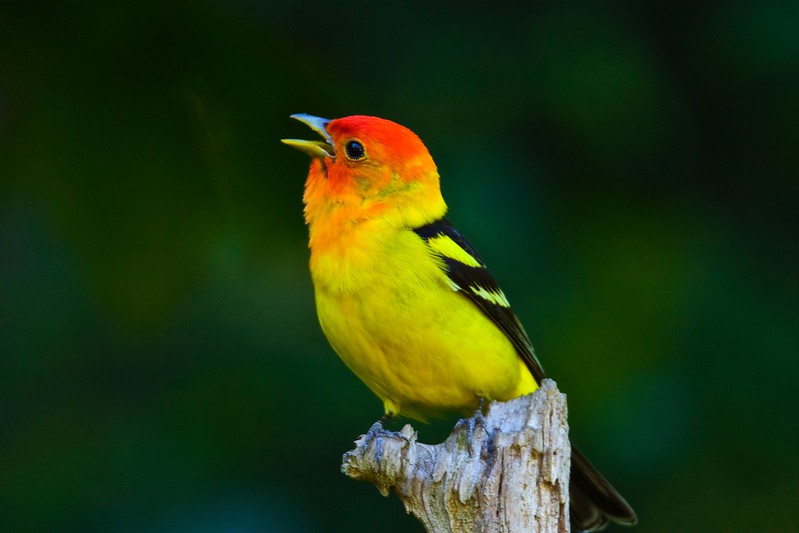
Key Takeaways
Explore the top 15 most common birds in Oregon and learn bird-watching tips for beginners.
Discover native & migratory birds, their feeding habits, songs & calls, and how to attract them to your backyard.
Understand threats facing local bird populations as well as rare/endangered species. Plus photography tips, citizen science initiatives & Audubon Society chapters working towards conservation efforts.
Oregon's Top 15 Most Common Birds
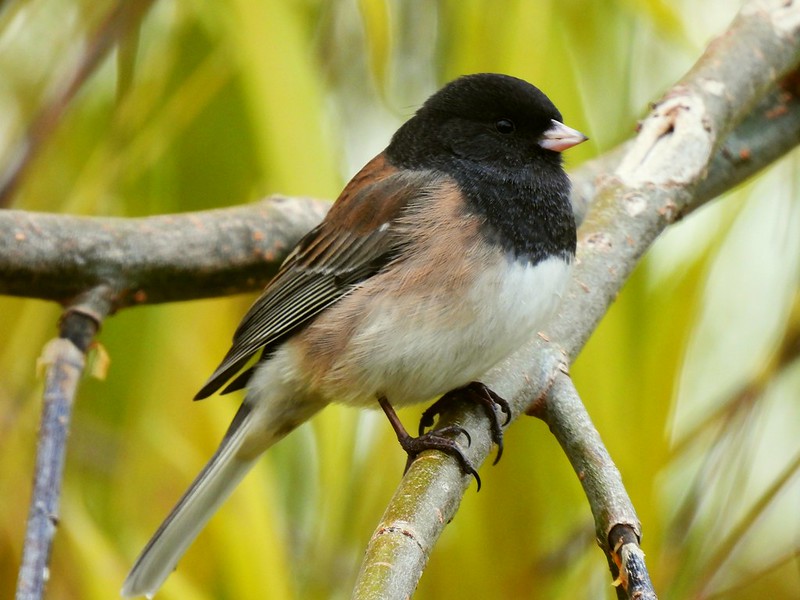
From bustling urban parks to serene wilderness areas, Oregon offers birdwatchers a chance to spot a wide variety of species. According to the Oregon Bird Records Committee, some of the most commonly spotted birds include the American Robin, Dark-eyed Junco, and Black-capped Chickadee.
The medium-sized American Robin is a common sight on lawns as it hops about searching for insects. Its striking red breast and melodic song make it a favorite among bird enthusiasts.
Small and lively, Dark-eyed Juncos sport a gray head and a white belly. They are often spotted foraging on the ground in mixed-species flocks during winter.
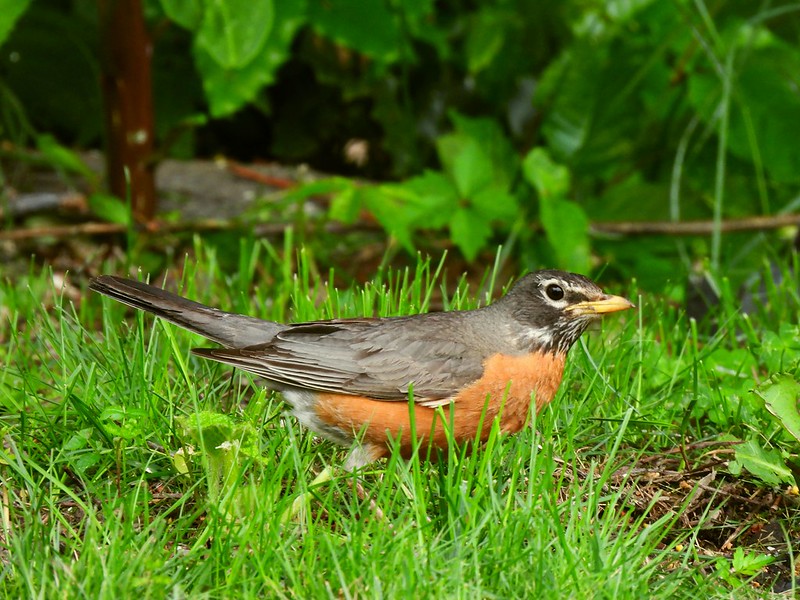
The Black-capped Chickadee, recognized by its black cap and bib, white cheeks, and human curiosity, is a tiny bird. Its sweet “chick-a-dee-dee” call enlivens Oregon’s forests.
Bird enthusiasts often encounter species like the vibrant Yellow Warbler, the lively Rufous Hummingbird, and the elusive Great Blue Heron. Offering a visual feast of colors and melodic bird songs, Oregon’s birdlife captivates both novice and seasoned birdwatchers.
Bird Watching in Oregon: Tips for Beginners
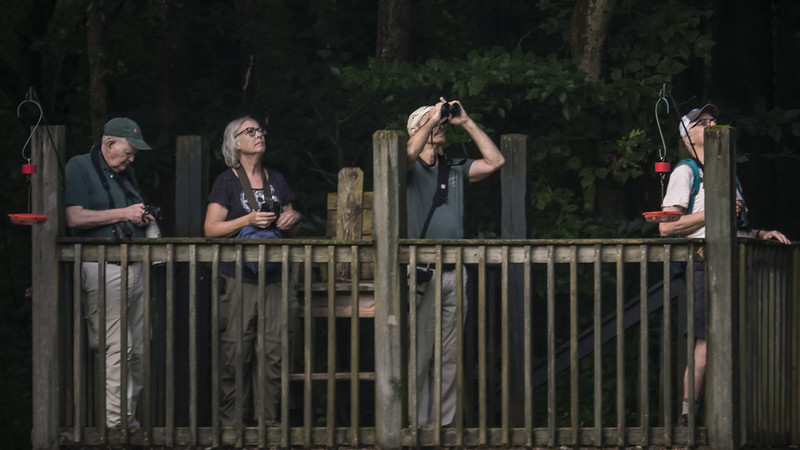
Oregon, with its diverse bird population and scenic landscapes, attracts birdwatchers from around the world. The spring and fall seasons, teeming with vibrant birds, are the prime birdwatching periods. To make the most of your bird-watching experience, be sure to equip yourself with the necessary tools and knowledge.
First and foremost, invest in a good pair of binoculars, as they allow you to observe birds from a distance without disturbing them. Other essential items for birdwatching include:
A backpack
Binocular harness
Waterproof notebook and pen
Field guide
A birding app or smartphone can enhance your birdwatching experience by providing real-time information and identification assistance. If you’re interested in capturing memories, bring along a camera. For those who enjoy the sight of hummingbirds, consider setting up hummingbird feeders in your backyard.
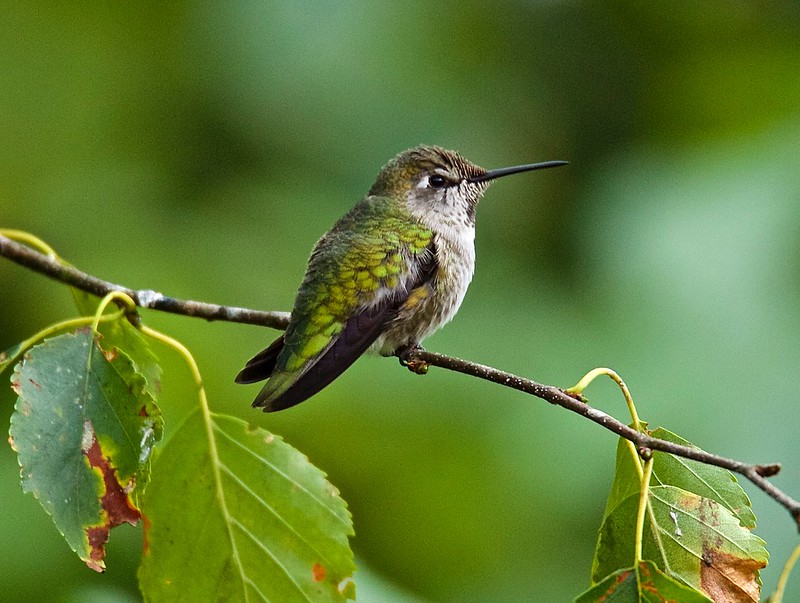
As a birdwatching beginner in Oregon, you can anticipate observing species like:
Finches
Grackles
Towhees
Woodpeckers
Tufted puffins
Anna’s hummingbirds
Canada geese
Nuthatches
- Sparrows
To further enhance your birdwatching experience, consider joining a local bird club, such as the Portland Audubon Society, which organizes regular birdwatching outings and events.
Consider a local Wetlands or Nature Preserve for an enriching birdwatching experience, where you can expand your knowledge about various bird species and their habitats. With the necessary tools and understanding, birdwatching in Oregon can be both enjoyable and rewarding.
Native and Migratory Birds in Oregon
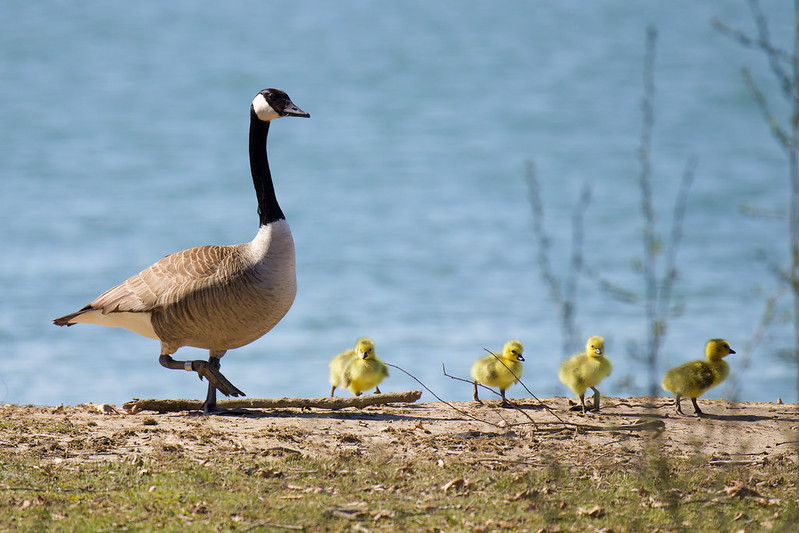
Oregon’s diverse landscapes, ranging from coastal shores to mountainous regions, provide a home for a wide variety of native and migratory bird species. Some of the most iconic birds in Oregon include the Western Tanager, Anna’s Hummingbird, and the Swainson’s Thrush.
The Western Tanager, a colorful songbird, can be spotted in both coniferous and mixed woodlands during the breeding season. With its bright yellow body and striking red head, this bird is a sight to behold.
Anna’s Hummingbird, a year-round resident of Oregon, is known for its iridescent green back and rose-colored throat. These tiny birds can often be seen hovering around flower gardens and feeders, sipping nectar, and catching insects.
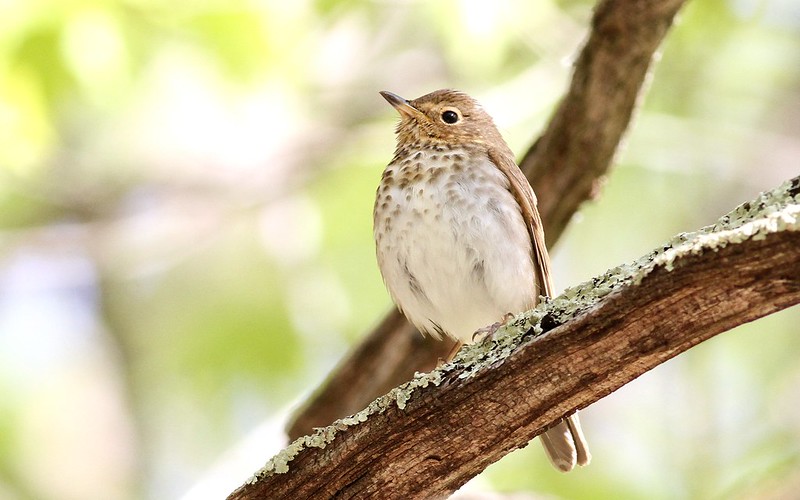
The Swainson’s Thrush:
Is a migratory bird
Breeds in the dense vegetation of Oregon’s evergreen forests
Has brownish-olive upperparts and pale brown underparts
Is known for its haunting, flute-like song
In addition to these native species, Oregon serves as a crucial stopover for migratory birds along the Pacific Flyway. During migration seasons, birdwatchers can spot an array of species passing through, including warblers, shorebirds, and waterfowl.
Whether you’re exploring the coastal wetlands or venturing into the high desert, Oregon’s diverse habitats and abundance of bird species promise an unforgettable birding experience.
Feeding Habits of Oregon Birds
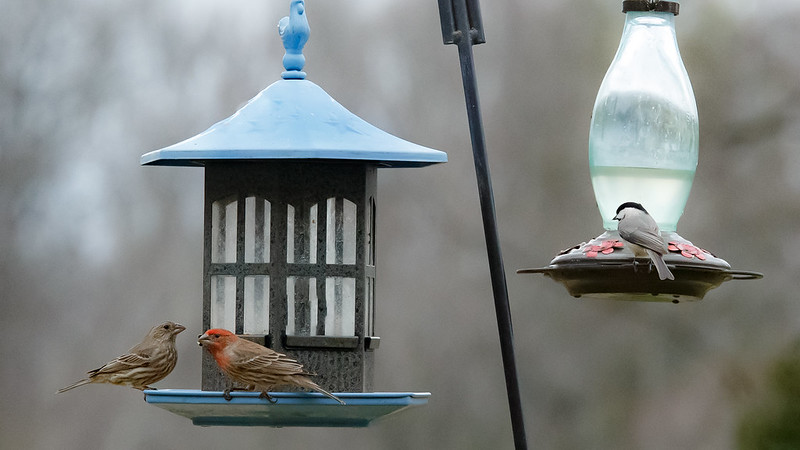
Gaining insights into the feeding habits of Oregon’s birds can be valuable for understanding their behavior and aiding identification. The avian population of Oregon primarily consists of two groups: insectivores and seed eaters.
Insectivores primarily feed on insects such as caterpillars, beetles, butterflies, and termites. Fruits form an important part of their diet. Apples, grapes, elderberries, and olives are consumed on a regular basis. As juvenile birds grow, they begin to incorporate insects and fruits into their diets.
Seed eaters, on the other hand, have a preference for seeds like:
black oil sunflower seeds
Nyjer seeds
millet
shelled sunflower seeds
In addition to these, seed eaters may also partake in weedy seeds and hidden conifer seeds.
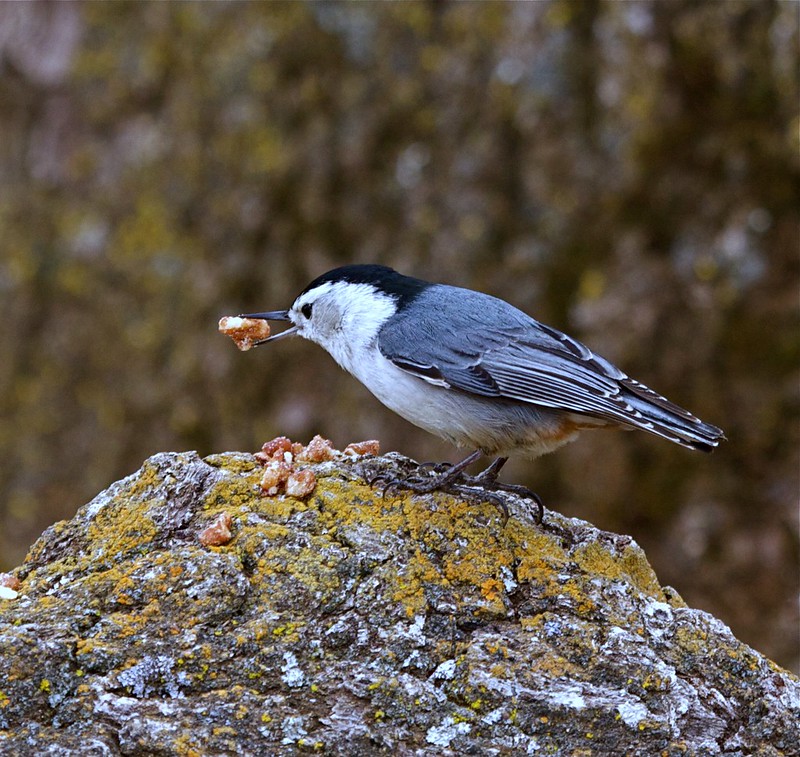
Throughout the year, the diets of Oregon birds undergo changes depending on the season and availability of food sources. Here are some examples:
During the summer months, insectivorous birds tend to feed predominantly on insects.
Seed eaters consume mainly seeds.
In the winter, insectivores may switch to fruits and seeds.
Seed eaters may shift to weedy seeds and conifer seeds that are more difficult to find.
Understanding these feeding habits and dietary changes can help birders better appreciate and identify the diverse bird species found in Oregon.
Bird Songs and Calls in Oregon
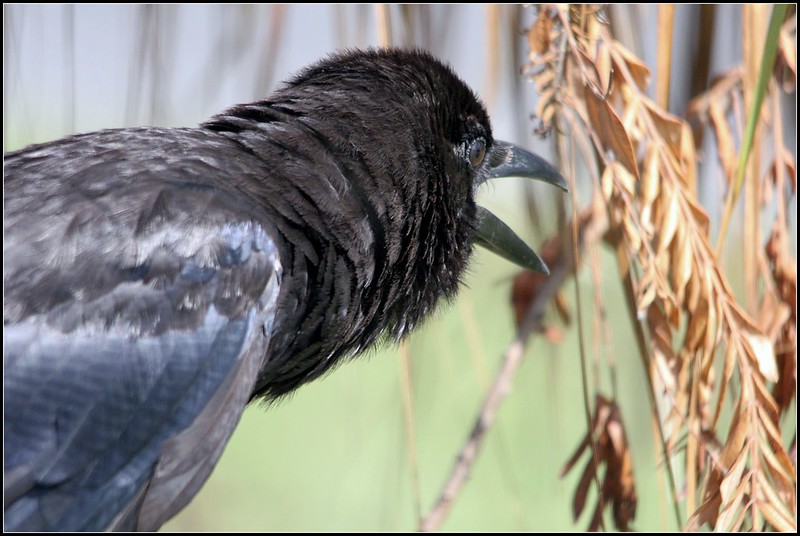
The intriguing realm of bird songs and calls in Oregon provides a unique opportunity to bond with nature and identify birds through their distinctive sounds. Be it the melancholic melody of the Golden-crowned Sparrow or the animated chatter of the House Finch, each species in Oregon possesses a unique vocal signature.
The American Crow, for example, is known for its loud, cawing sound. In contrast, the Dark-eyed Junco has a more musical trill that can be heard throughout forests and suburban backyards alike.
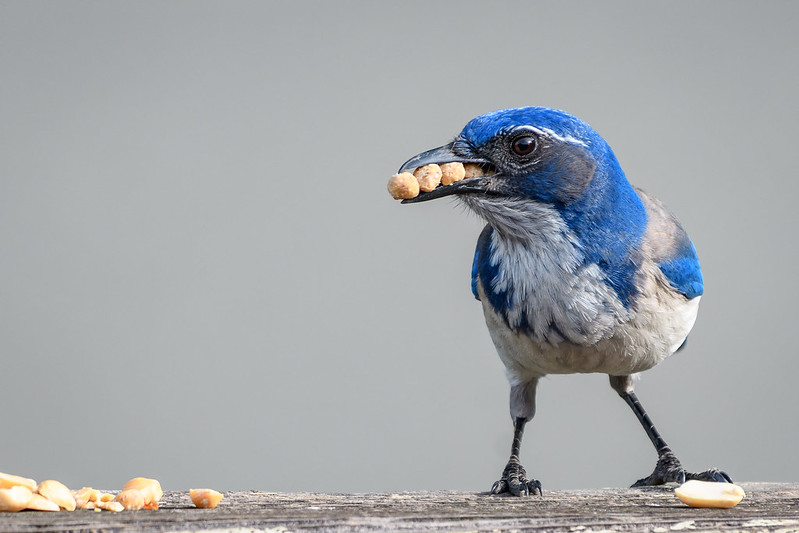
The California Scrub-Jay:
is often heard in a variety of habitats, from coastal scrublands to oak woodlands
has a high-pitched and repetitive call
during courtship, produces a song composed of soft whistles
juvenile birds may have a less developed vocalization
The House Sparrow, a common backyard visitor, has a simple song composed of multiple “cheep” notes that can be easily distinguished from the song sparrow and other birds’ songs. Listening carefully to these songs and calls can help birders identify the species they encounter and further appreciate the rich birdlife of Oregon.
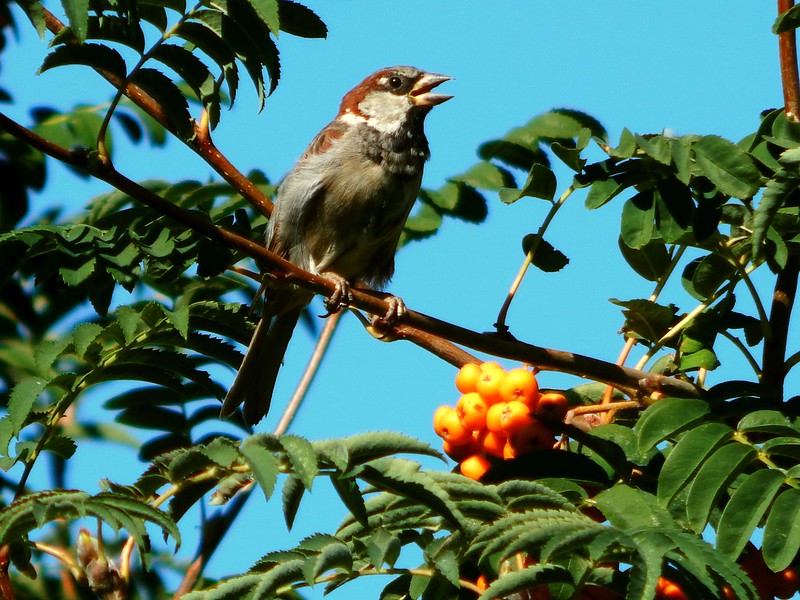
Various locations throughout the state from parks to forests and even the cities, offer excellent opportunities to immerse yourself in the world of bird songs and calls. Whether you’re a novice bird identifier or a seasoned birder, understanding and recognizing these unique vocalizations can greatly enhance your birdwatching experience.
Backyard Birding: Attracting Birds to Your Oregon Garden
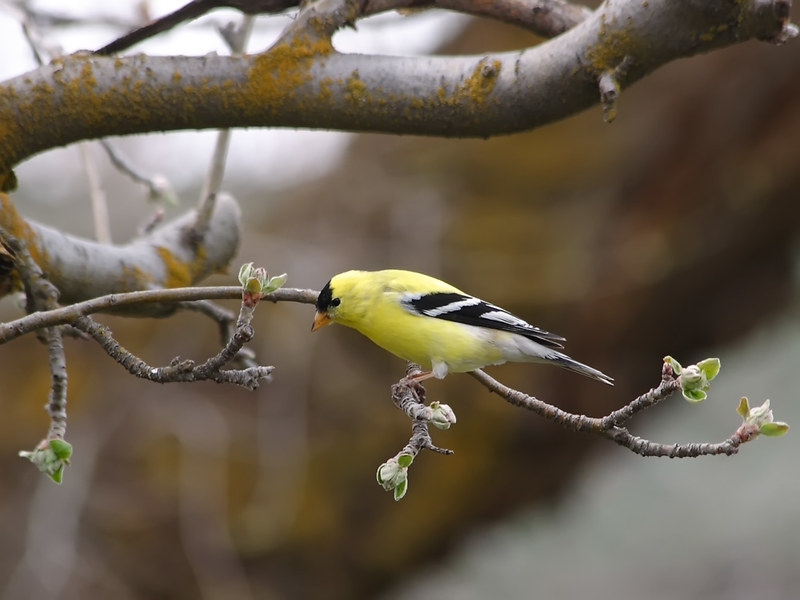
Inviting backyard birds to your Oregon garden enhances the joy of birdwatching and supports bird conservation efforts. A bird-friendly backyard calls for the provision of:
Food
Water
Shelter
Nesting spaces
For our feathered companions, small birds, including colorful birds, cute little yellow birds, and house finches, bring a sense of joy and wonder to those who observe them as juvenile birds begin their lives.
Setting up bird feeders filled with a variety of bird seeds, such as black oil sunflower seeds, can entice many bird species to visit your garden. For hummingbirds, consider installing hummingbird feeders filled with sugar water or nectar-producing plants like fuchsia, salvia, and penstemon.
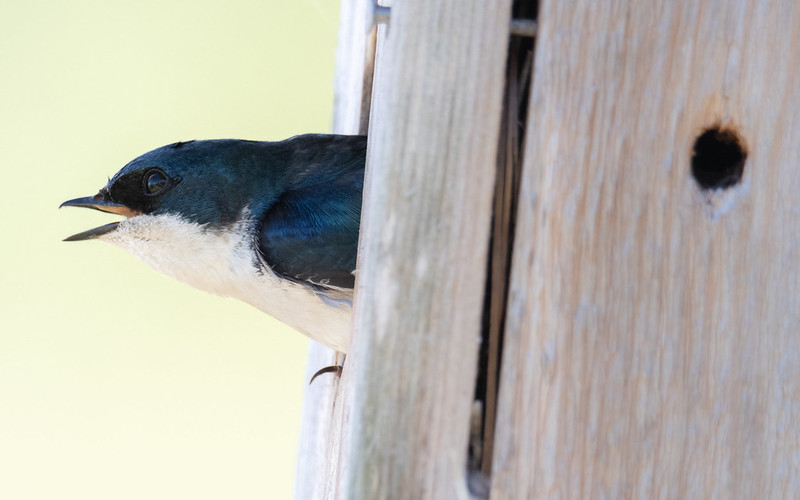
To provide water sources for birds, consider adding a bird bath, a pond, or a water feature to your garden. These water sources will not only attract birds but also offer them a place to drink and bathe.
Birdhouses and nesting boxes can provide shelter and nesting sites for various bird species, like Tree Swallows and Black-capped Chickadees. Be sure to choose birdhouses designed specifically for the species you wish to attract and install them in suitable locations around your garden.
Finally, consider planting native trees, shrubs, and flowers that produce berries, seeds, and nectar to provide natural food sources for birds. With these steps, you can create a welcoming habitat for a variety of bird species and enjoy the beauty and benefits of backyard birding in Oregon.
Threats to Oregon's Bird Population
Despite Oregon’s rich avian biodiversity and varied habitats, its bird populations confront major challenges. Habitat loss, climate change, and invasive species pose the primary threats to the bird populations of Oregon.

Habitat loss due to urbanization, agriculture, and resource extraction has had a profound impact on Oregon’s birds, reducing available nesting sites and food sources. Protecting and restoring habitats is crucial for the survival of these species.
Climate change has also affected Oregon’s bird populations in the following ways:
Rising temperatures and shifting weather patterns have caused disruptions in birds’ ability to find food and reproduce.
This can lead to declines in local populations.
It can also result in changes in the distribution of bird species within the state.
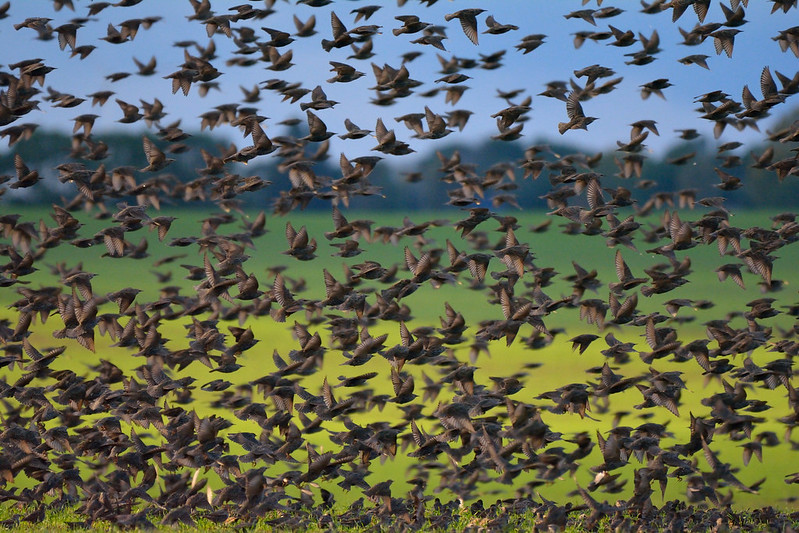
Invasive species, such as the European Starling and House Sparrow, can outcompete native birds for resources, further threatening the survival of Oregon’s native bird species. Addressing these threats requires a combination of conservation efforts, habitat restoration, and public awareness to ensure the long-term survival of Oregon’s diverse bird populations.
Rare and Endangered Birds in Oregon
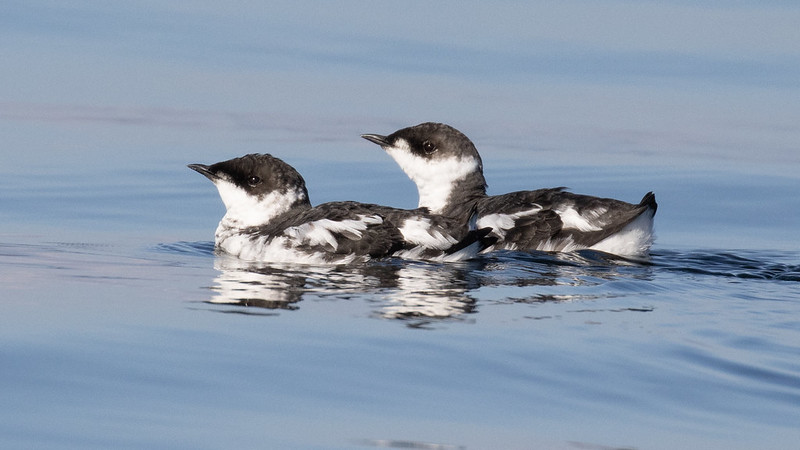
Oregon, home to a broad array of bird species, also houses several rare and endangered species that face considerable survival challenges. Notably, the Marbled Murrelet and the Greater Sage-Grouse are among these rare species.
The Marbled Murrelet is a small seabird that nests in old-growth forests along the Pacific coast. Despite population increases of 2.2% annually, this species remains at risk due to ongoing habitat loss and disturbances.
The Greater Sage-Grouse, a large ground-dwelling bird found in the sagebrush steppe ecosystem, faces threats from habitat fragmentation, invasive species, and human activities such as energy development and livestock grazing. Conservation efforts are ongoing to protect the remaining populations of these iconic birds.
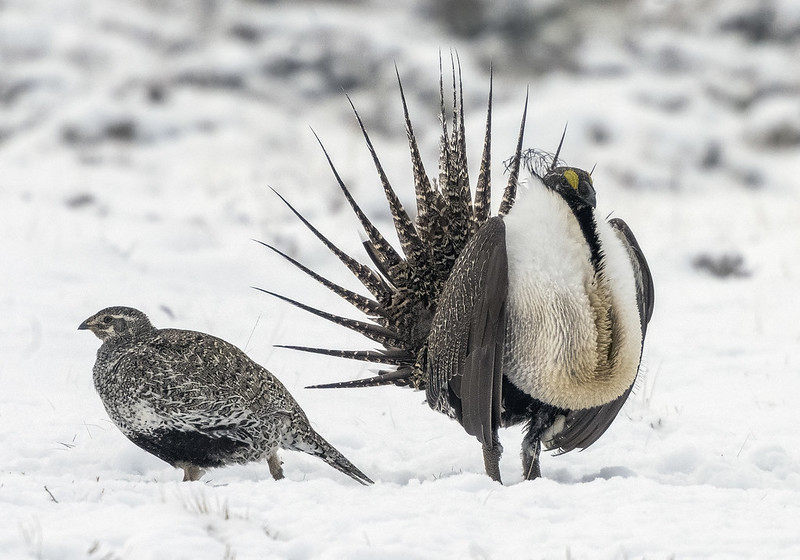
Efforts such as the Oregon Conservation Strategy and the work of the Oregon Bird Records Committee aim to safeguard these rare and endangered birds by identifying critical habitats, monitoring populations, and raising awareness about the threats facing these species. By understanding the challenges these birds face, we can work together to protect and preserve Oregon’s unique birdlife for future generations.
Bird Photography Tips for Capturing Oregon's Feathered Friends

Photographing Oregon’s beautiful bird species can be a gratifying and enjoyable pastime. For the best results, the right camera settings, lenses, and ethical practices are crucial when photographing birds in their natural environments.
For camera settings, follow these steps:
Use aperture mode to create a shallow depth of field and blur the background, allowing the bird to stand out.
When photographing perched birds, use AF-S mode.
For birds in flight, switch to AI Servo AF + AF.
Adjust your shutter speed and ISO according to the lighting conditions to capture sharp, well-exposed images.

When it comes to lenses, a 500mm or 600mm prime lens is an excellent choice for capturing detailed images of birds from a distance. Some popular options include the Canon EF 400mm f/2.8L IS III and the Nikon AF-S NIKKOR 600mm f/4E FL ED VR.
In addition to technical aspects, it’s crucial to consider ethical guidelines when photographing birds. Here are some tips to follow:
Maintain a respectful distance from your subjects and avoid disturbing nesting or breeding birds.
Use telephoto lenses or blinds to minimize your impact on their natural behavior.
Always prioritize the well-being of the bird over getting the perfect shot.
With practice and patience, you can capture stunning images of Oregon’s diverse bird species while respecting their natural habitats and behaviors.
Citizen Science and Bird Conservation in Oregon
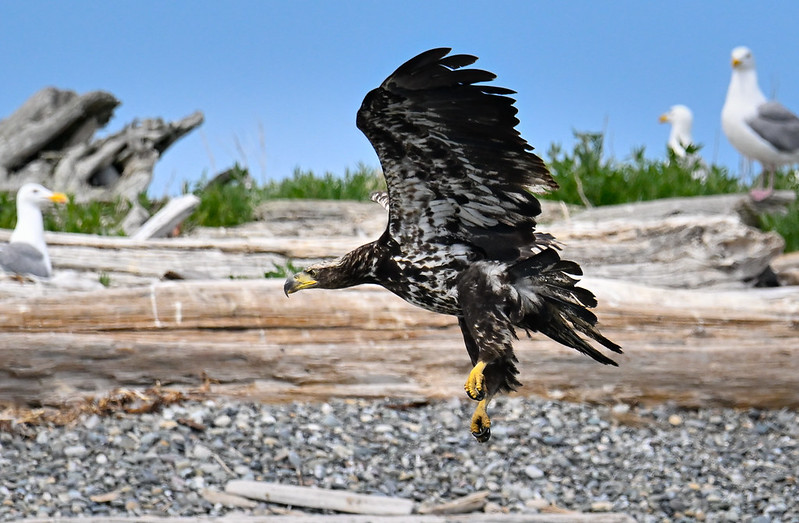
Citizen science initiatives significantly contribute to bird conservation efforts in Oregon. Individual participation in these projects aids data collection and monitoring, thereby helping conserve and protect local bird populations.
Some of the primary citizen science initiatives for bird conservation in Oregon include:
The Audubon Society of Portland’s community science program
The Coastal Observation and Seabird Survey Team (COASST)
The Oregon 2020 project
The beached bird survey organized by CoastWatch.
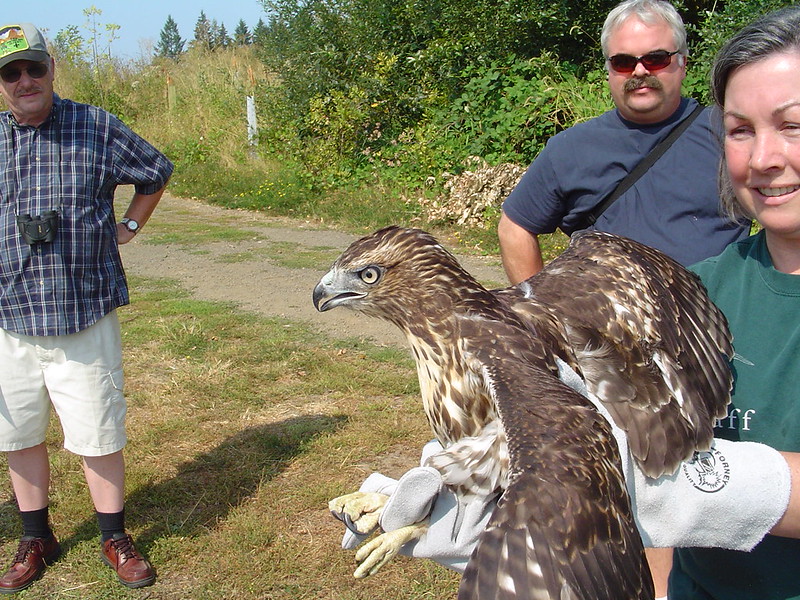
To get involved in citizen science projects, consider joining programs like COASST, the Oregon 2020 project, or the beached bird survey. Organizations like Klamath Bird Observatory and Nearby Nature offer additional opportunities for individuals to participate in bird conservation projects.
Citizen science has been instrumental in providing valuable data on species distribution, population trends, and the effects of landscape changes on bird habitats. By participating in these initiatives, you can play an essential role in protecting Oregon’s diverse bird populations and their habitats.
Birding Events and Festivals in Oregon
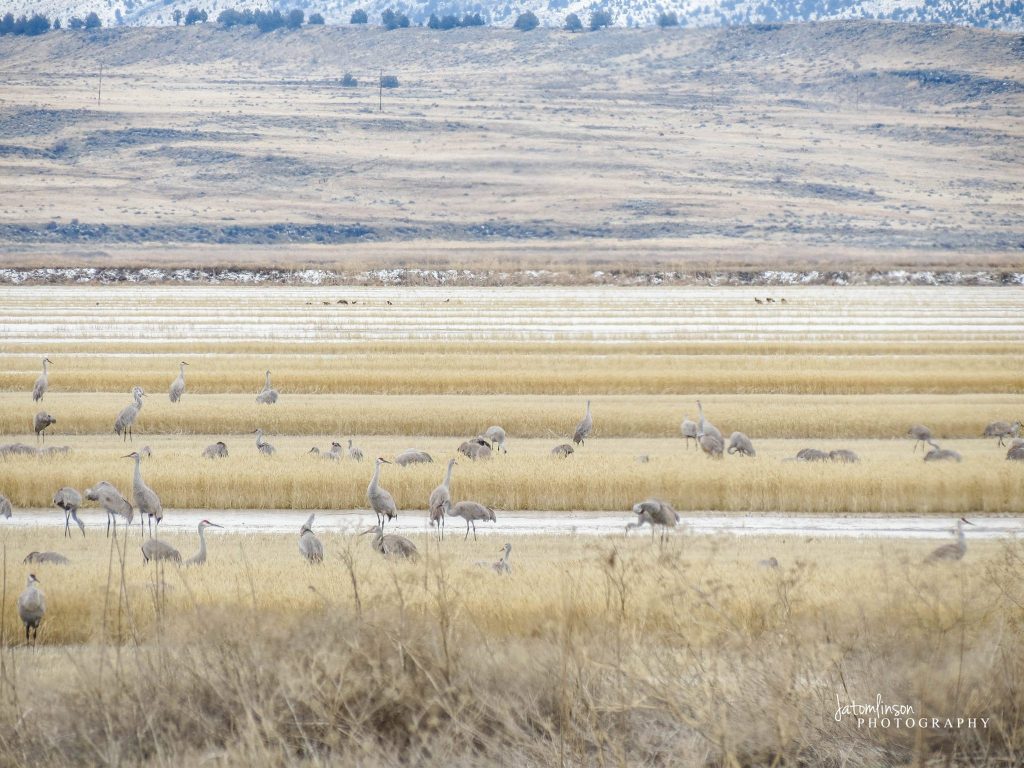
Oregon is the venue for several birding events and festivals, providing a platform for bird enthusiasts to gather, celebrate, and learn about the state’s diverse avian life. Noteworthy events include:
Birding explorations at the Sauvie Island Wildlife Area
The John Scharff Migratory Bird Festival at Malheur National Wildlife Refuge
These events typically offer a range of activities, such as:
Bird walks
Mist netting demonstrations
Guided field trips
Exploration of birding hotspots
Educational presentations and workshops
Bird identification workshops
Opportunities for bird photography
In addition to these festivals, ongoing birding activities can be found at the Sauvie Island Wildlife Area, where birders can explore various bird species and their habitats. For further details and updates on birding events in Oregon, visit the respective websites of these events.
By attending birding events and festivals, you can connect with fellow bird enthusiasts, deepen your knowledge of Oregon’s bird species, and contribute to bird conservation efforts in the state.
Top Birding Locations in Oregon
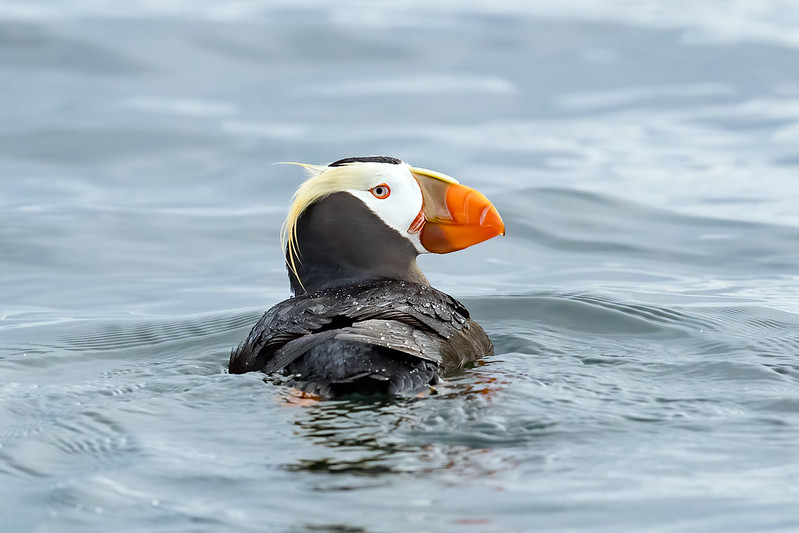
Oregon’s diverse landscapes offer a plethora of prime birding locations for enthusiasts to explore. Some of the state’s varied habitats include:
Coastal hotspots
Mountainous regions
Marshlands
Forests
Grasslands
- High Desert
These habitats accommodate a wide range of bird species.
Along the coastal regions, birders can spot species like the Western Sandpiper, American White Pelican, Brown Pelican, Common Murre, Tufted Puffin, Marbled Murrelet, and the majestic Bald Eagle.
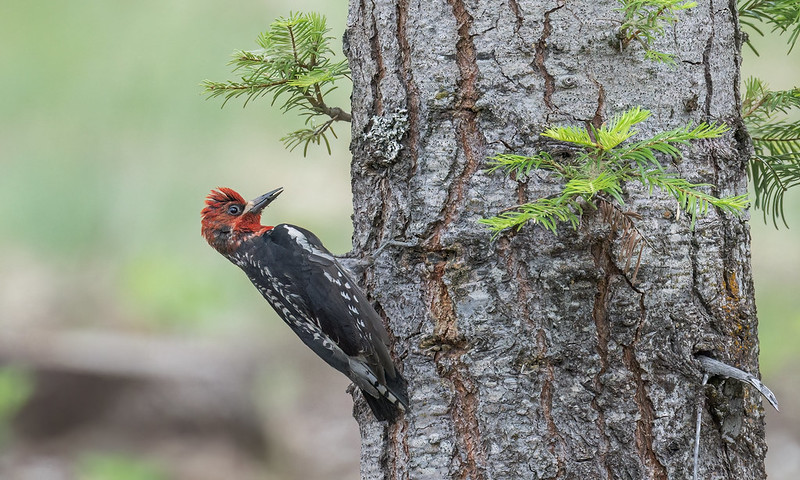
In mountainous regions, birders can encounter species such as:
American Robin
Anna’s Hummingbird
Swainson’s Thrush
Western Tanager
Western Meadowlark
These higher-elevation habitats offer unique birdwatching opportunities and stunning scenery.
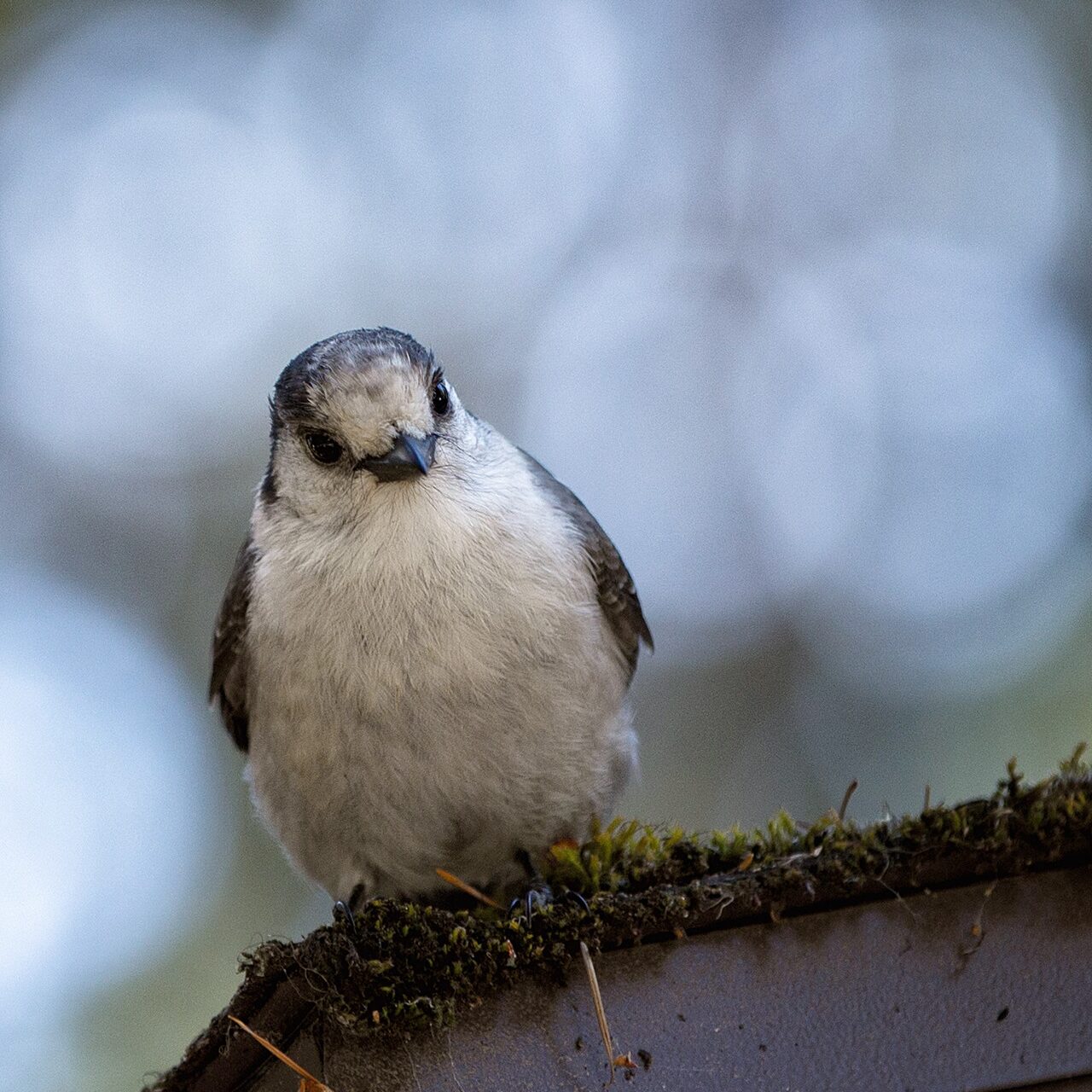
Oregon’s numerous national parks, national forests, and wildlife refuges also provide excellent birding locations. Sites such as the Baskett Slough National Wildlife Refuge, Malheur National Wildlife Refuge, and the Klamath Basin National Wildlife Refuge are renowned for their diverse bird populations and beautiful landscapes.
Whether you’re a novice bird identifier or an experienced birder, Oregon’s top birding locations offer a wealth of opportunities to observe and appreciate the state’s diverse bird species.
Bird Identification Resources for Oregon Birders
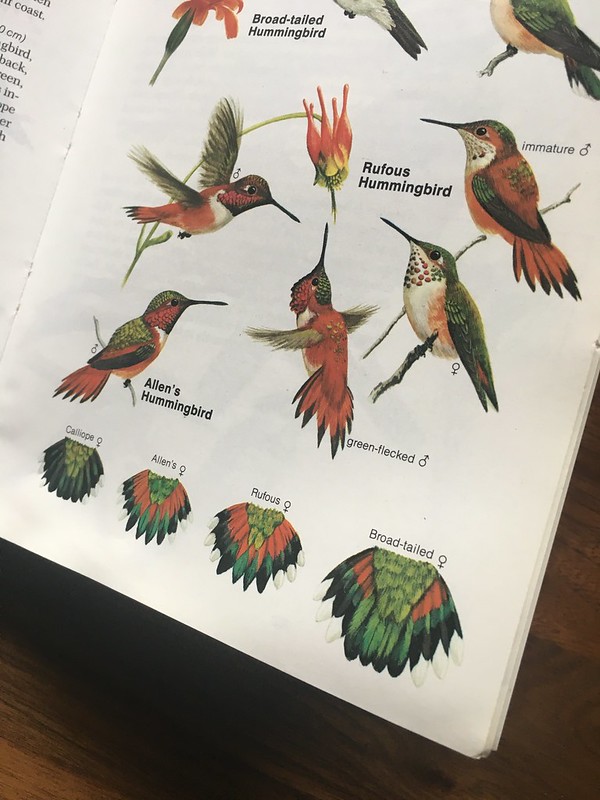
Bird identification can be both a challenge and a rewarding experience, particularly given the vast species diversity in Oregon. Fortunately, multiple resources are available to assist birders in recognizing and learning about local bird species.
Field guides such as Birds of Oregon Field Guide by Stan Tekiela, American Birding Association Field Guide to Birds of Oregon, and Handbook of Oregon Birds provide detailed information and illustrations for identifying bird species in the state.
For bird identification on the go, consider using apps like eBird, the Audubon Bird Guide, or Merlin Bird ID. These apps provide real-time information and identification assistance, making them valuable tools for birders of all levels.
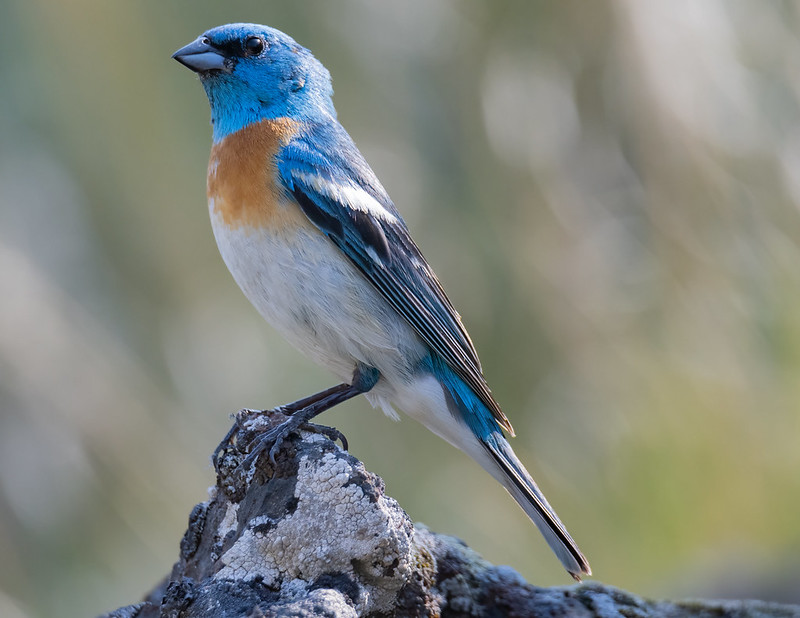
Online resources are also available to assist with bird identification. Some helpful websites include:
These websites offer a wealth of information on bird species, their habitats, and identification tips.
By utilizing these resources, birders can improve their identification skills, deepen their understanding of local bird species, and enhance their overall birdwatching experience in Oregon.
The Role of Audubon Society Chapters in Oregon
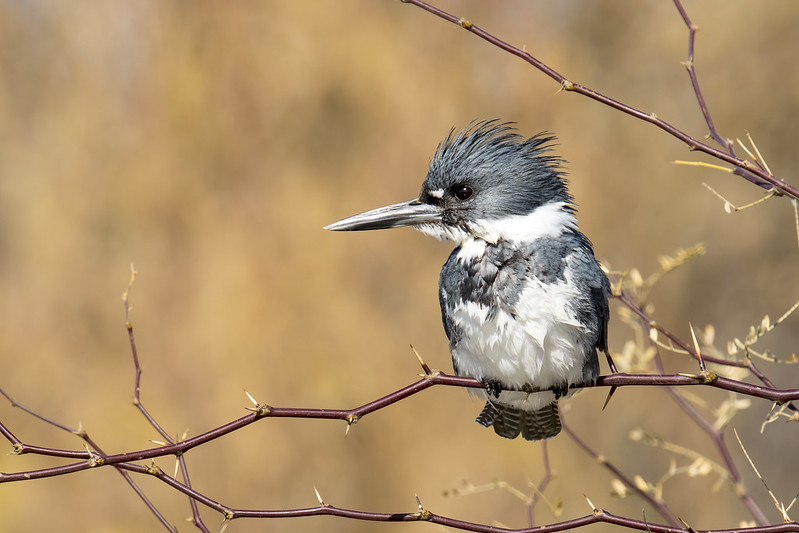
Audubon Society chapters in Oregon play an instrumental role in bird conservation, education, and advocacy efforts across the state. With twelve chapters in Oregon, these organizations work relentlessly to safeguard and conserve the state’s rich bird populations and their habitats.
Audubon Society chapters in Oregon have undertaken a variety of conservation projects, including:
Defending federal lands and laws
Managing conservation efforts at the Klamath National Wildlife Refuge and Malheur National Wildlife Refuge
Protecting the Marbled Murrelet
These projects are vital for the long-term survival of Oregon’s bird populations.
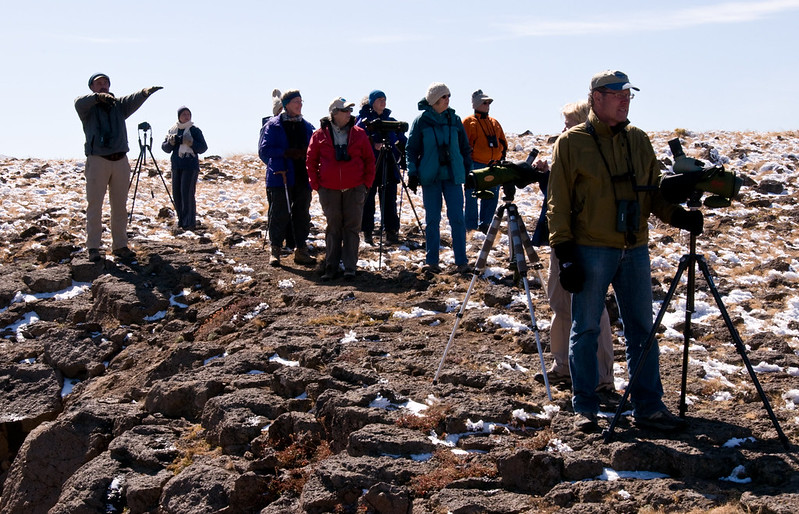
In addition to conservation efforts, Audubon Society chapters in Oregon provide a range of bird education initiatives, such as:
Bird outings
Conservation programs
Environmental education programs
Classroom programs in schools
Through these activities, they strive to cultivate a culture of conservation in local communities, with a focus on the preservation of birds and other wildlife.
By participating in Audubon Society events and supporting their conservation efforts, you can contribute to the protection and appreciation of Oregon’s diverse birdlife, ensuring these beautiful creatures continue to thrive for generations to come.
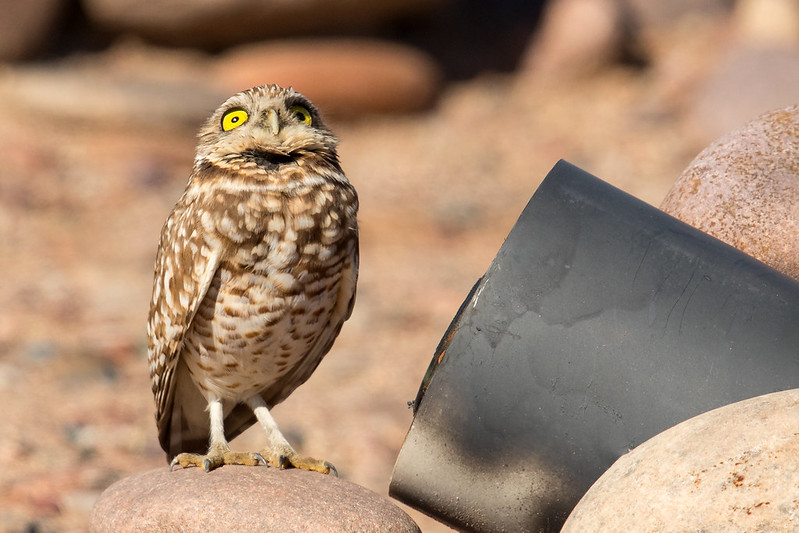
Summary
The diverse bird species of Oregon offer a captivating glimpse into the natural world, reminding us of the importance of conservation and appreciation of our feathered friends. From understanding the unique songs and feeding habits of Oregon’s birds to participating in citizen science projects and birding events, we can all play a part in protecting and celebrating the state’s rich birdlife. By learning more about these fascinating creatures and their habitats, we can work together to preserve Oregon’s bird populations for future generations to enjoy.
Frequently Asked Questions
What is the main bird of Oregon?
The Western Meadowlark is the State Bird of Oregon, chosen by schoolchildren in a 1927 contest sponsored by the Oregon Audubon Society with over 40,000 votes.
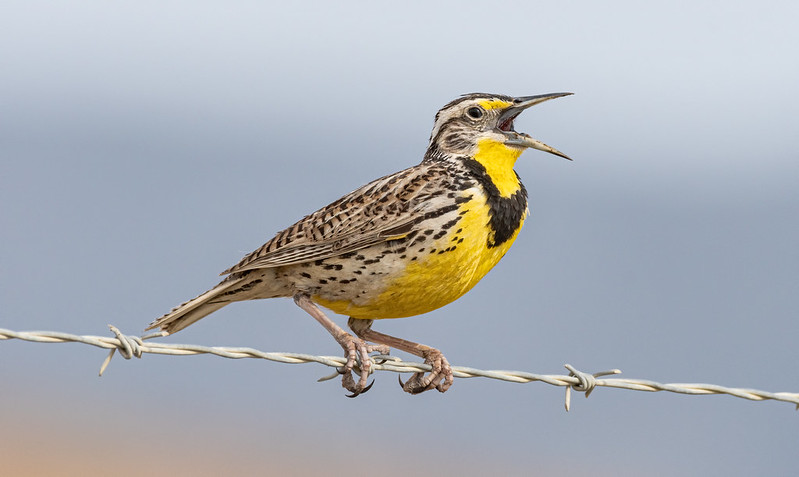
What birds does Oregon have?
Oregon has a wide variety of birds, including the American Robin, Black-capped Chickadee, Spotted Towhee, Northern Flicker, American Goldfinch, Anna's Hummingbird, Song Sparrow, and California Scrub-Jay.
Does Oregon have a lot of birds?
Oregon has a great variety of bird species with nearly 500 having been recorded, including 275 that regularly breed and 85 that migrate or winter in the area.
What bird looks like a sparrow but bigger?
Grosbeaks are a species of bird that resemble sparrows but tend to be much larger in size with a heavier, thicker bill.
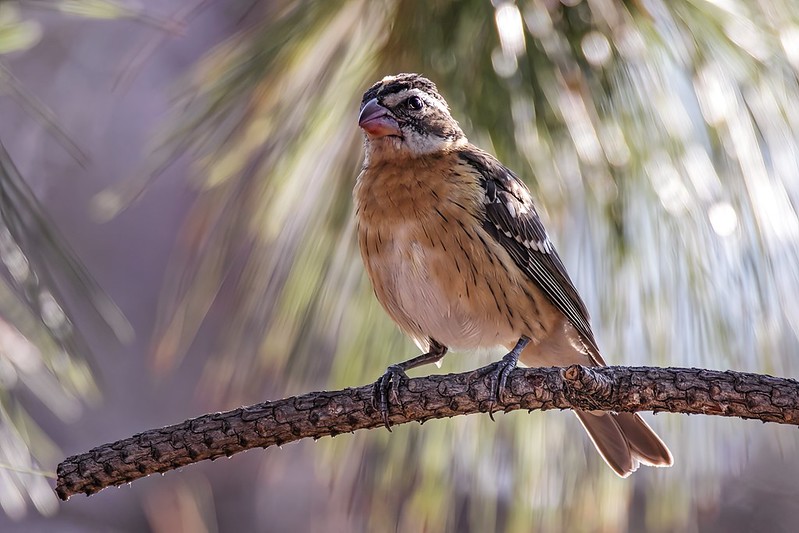
How do I identify a bird in my backyard?
Observe the bird's shape, size, color patterns, markings, behavior, and location to help identify backyard birds. Pay close attention to where the bird is seen and what time of year it is for further assistance.

